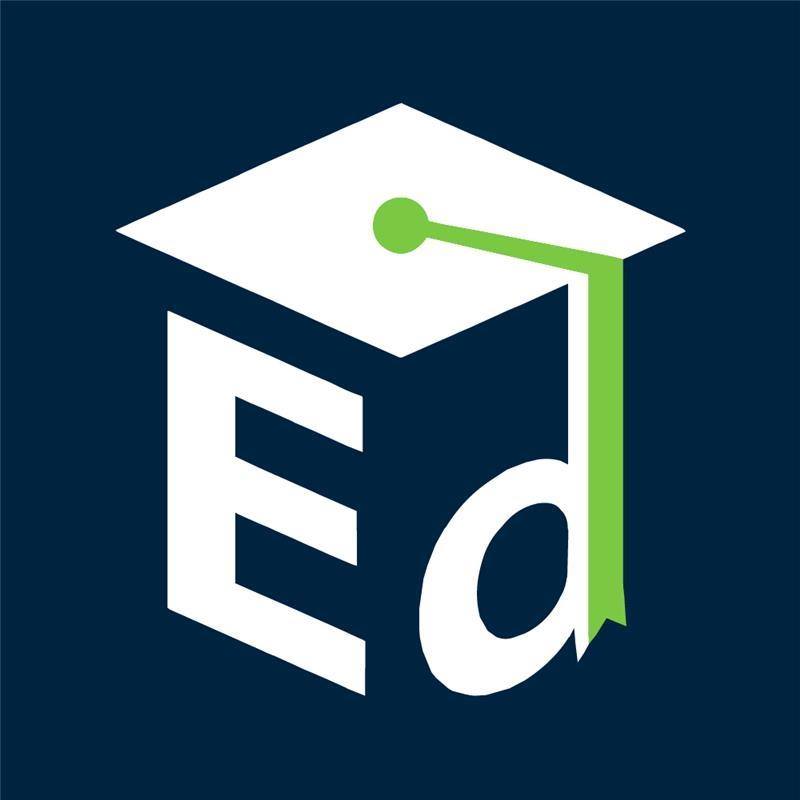Students in the Spectrum program at J. Michael Lunsford Middle School practiced learning how to make meaningful contributions to the world by participating in a redesign challenge to make educational tools (Assistive Technology) for peers with disabilities. The students visited with peers in a variety of environments including physical education, art, and other classrooms to learn about some of the equipment used to access instruction. They then went to work designing, redesigning, and making resources that would provide alternative ways to participate in the learning experiences. 75 projects were created which were then shared with students, staff, and the community. Staff from the Digital Media and Engagement office were invited to join a few classes to experience students presenting their projects. The collaborative efforts were also featured on the local news. Check out the segment featured at https://www.fox5dc.com/video/1145266

“AT Twister” by Cooke, B., Lisak, C., Bishen, R., and Podugu, T. (2022) is an example of one of the projects. Players are invited to target circles using multiple senses. People need not rely on one sense to play the game. A player can reach for a target based on color, a tactile descriptor (bumpy, soft, round), and/or number of items (three blue circles, five white cotton balls, etc.) making the game more accessible to the varying abilities of potential players.


 The U.S. Department of Education’s
The U.S. Department of Education’s 
